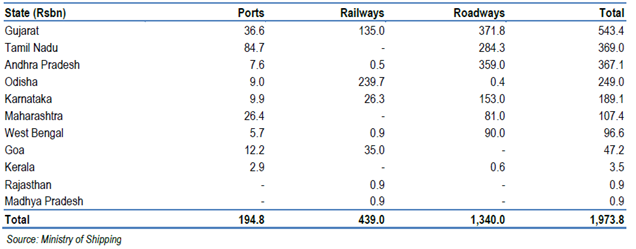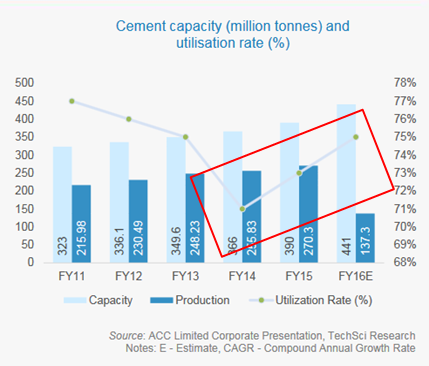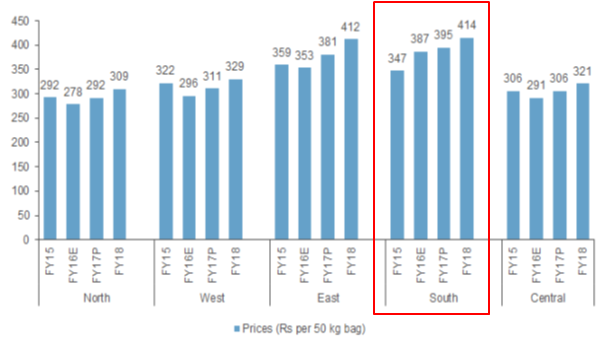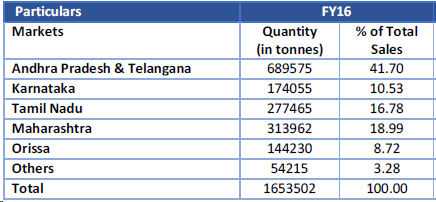The power sector is transforming with large investments in various govt initiatives. T&D is on focus as well as renewable energy sector. The next few years may see a thrust in this business.
T&D INDUSTRY
- India's energy consumption has nearly doubled since 2000
- Power demand in India is expected to grow from 120 GW to 315-335GW by 2017 - as per McKinsey study.
- Coal availability will increase with coal mines leases renewed and forest clearances granted. 10 mines are to be added by Mar 2016.
- The government is expecting an investment of about US$ 250 billion by 2020. Renewables are set to get US$ 100 billion, while the transmission and distribution segment will get US$ 50 billion, each. Another US$ 60-70 billion will be for power generation, including for restarting stalled projects and for new ones while US$ 5-6 billion is set aside for energy efficiency projects. Besides, US$ 20-25 billion investments would come for associated infrastructure required in replacement of old and out-dated equipments, among others.
- Key focus area is integration of renewable energy to the grid
- Discoms have an accumulated loss of 3.8 lakh crores and debt of 4.4 lakh crores (as of Mar 2015)
- UDAY scheme entails the state govts to take over the debt and future losses (in a staggered manner) from the Discoms
- Government plans to roll out green energy corridor’ project at an estimated cost of INR 43000 cr to facilitate the flow of renewable energy into the National Grid.
- Renewable power has been declared as a priority sector for bank lending from 2015
- Leaders in EPC contracting in power sector
- Spread across entire power sector value chain - generation and T&D
- Co's forte is 765KV substation projects besides distribution projects
- 215 cr is the sale proceed for 44.45 MW. 4.83 cr / MW sale price. 162.9MW of wind power capacity remaining.
- Promoter has 58% stake in the company
- Mutual funds hold 17.2% and FIIs 5.4%
- The co is involved with more than 50% of both NTPC and Power Grid's projects; it has relationships with 1500+ vendors
- One of the first few T&D contractors, who have teamed up with Chinese player Rongxin to participate in STATCOM projects. Have first mover advantage in STATCOM space in India.
- Govt plans to install 50 STATCOMs in the next 3-5 years with a total spend of 8000 cr.
- In 2013, the Patran transmission project was completed completely on supplier credit
- EPC division produces 92% of the revenues
- Co has a working capital cycle of 35 days vs 66-182 days of competitors
- The Ministry of Power has planned to provide electricity to 18,500 villages in three years under the Deendayal Upadhyaya Gram Jyoti Yojana (DDUGJY).
- A few Ultra Mega Power Projects of about 4,000 MW capacity each are in the offing
- Power Grid Corporation of India is to build sub transmission system of 220/132kV in 6 North East States at an estimated investment of Rs 15000 cr over a period of 3 years. Already bagged order to the tune of Rs 170 Crores to build 400 kV GIS substation at Assam under World Bank funded NER Power System Improvement Project.
- Got an order worth Rs 600 cr for substation package at Chittorgarh, Tuticorn, Ajmer and Bikaner associated with Green Energy Corridors: Inter-state Transmission Scheme (ISTS)
- Order book at end of Mar 2016 is 2,600 cr, 69% of which is from PGCIL
- Co has a zero penalty record resulting in realization of retention money within 6 months of project completion
- During 2015-16, around 28,000 ckm (circuit kilometre) of transmission lines were commissioned against 22,000 ckm last year. This is 118% of the annual target set and also the highest ever for a single year.
DISCLOSURE: I currently hold the stock.






